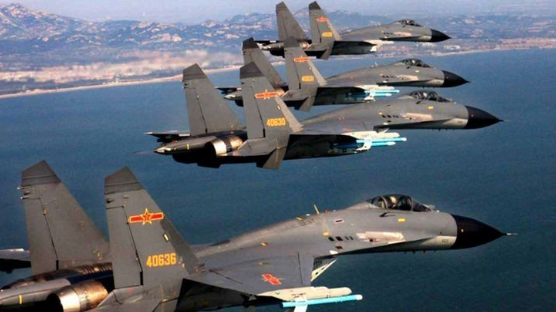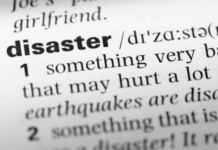In a concerning show of strength, the Chinese People’s Liberation Army (PLA) has recently taken an unprecedented action by sending a significant fleet of warplanes and navy ships towards Taiwan. This move has raised alarms among international observers. According to Taiwan’s Defense Ministry, the PLA deployed a total of 68 warplanes and 13 navy vessels near the island nation over a span of two days. This large-scale incursion highlights the continuously escalating tensions between Beijing and Taipei, further intensifying the already strained relationship between the two.
Allegedly, this extensive military deployment is said to be a routine component of China’s annual defensive exercises, aimed at readying themselves for a possible invasion situation. The PLA warplanes and navy ships not only gathered in the region but also engaged in extensive training, involving long-range aerial reconnaissance and joint combat patrols. What made this move even more audacious was the crossing of the median line in the Taiwan Strait by a considerable number of aircraft. This act was symbolic but unsettling, as it appeared to challenge Taiwan’s sovereignty directly.
China sends warplanes and navy ships to Taiwan https://t.co/eZK6kCpBtn #OAN
— One America News (@OANN) July 13, 2023
China’s perspective on Taiwan as an integral part of its territory is widely known, and despite global disapproval, it has adamantly upheld this claim. Nevertheless, this recent upsurge in military actions signifies a noteworthy change in Beijing’s strategy. Over the past year, China has not only increased the frequency of sending military planes to Taiwan but has also introduced navy vessels and drones into the equation, signifying a considerable escalation in its endeavors.
Taiwan faces increased aggression from China ahead of its annual Han Guang military exercise. Additionally, Taiwan will hold Wan’an exercises to prepare civilians for disasters and air raids. China’s recent actions, including missile firings after Nancy Pelosi’s visit, have drawn criticism from Taiwan’s allies, especially the United States, and disrupted trade routes in the Taiwan Strait.
Taiwan remains vigilant against China’s aggression, utilizing intelligence systems and civilian patrols on land, air, and sea. While the U.S. and Western allies support the “One China” principle, they criticize attempts to alter the regional “status quo.” China’s recent display of strength disrupts the balance, creating uncertainty. This high-stakes situation requires close monitoring for potential implications on regional stability and international relations. Taiwan stands firm in defending its sovereignty, setting an example for other nations facing similar tensions.




